1. Sales Tax Not Included in Prices
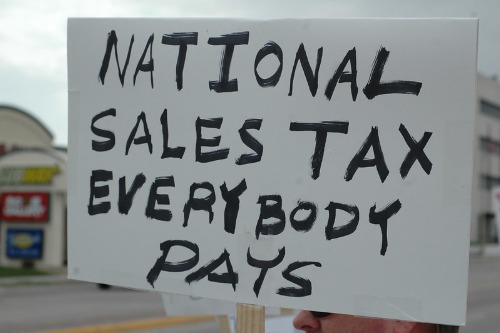
In the U.S., the price you see on the tag isn’t the price you pay at the register. Sales tax is added at checkout, and the rate varies by state and even city. This means you’re constantly doing mental math—or getting surprised at the total. But in most other countries, tax is already included in the listed price.
Americans often don’t realize how unusual this is. In places like the UK, France, or Australia, what you see is what you pay. It’s simpler, more transparent, and less frustrating. But in the U.S., the mystery total is just part of the shopping experience.
2. Tipping as a Requirement
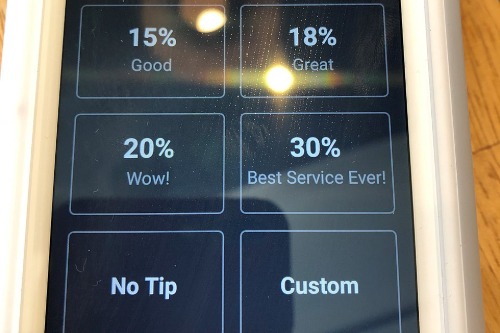
In the U.S., tipping isn’t just appreciated—it’s expected. Leaving 15–20% at restaurants is standard, and not tipping is seen as rude or even unethical. But in many countries, tipping is optional, minimal, or even discouraged. Servers are paid a full wage, and the price on the menu is what you actually pay.
Americans often assume this system is global, but it’s not. In Japan, for example, tipping can be considered insulting. And in much of Europe, service charges are already included. The American tipping culture is deeply ingrained—but very much a local custom.
3. Free Refills and Endless Ice
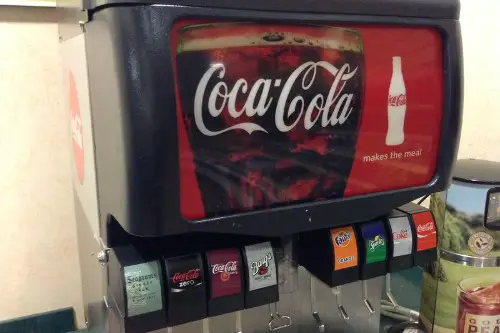
Order a soda in the U.S., and you’ll likely get a giant cup filled with ice—and free refills to boot. It’s so common that many Americans don’t even think about it. But in most other countries, drinks come in smaller portions, with little or no ice, and every refill costs extra. You pay for each glass, and that’s that.
This can be a shock to Americans traveling abroad. Asking for a refill in Europe might get you a confused look—or a second bill. And don’t expect your drink to be freezing cold. The American obsession with ice and bottomless beverages is definitely not a global norm.
4. Prescription Drug Commercials

If you’ve ever watched American TV, you’ve seen ads for medications with long lists of side effects. “Ask your doctor if [insert drug name] is right for you” is practically a catchphrase. But outside the U.S. and New Zealand, these kinds of direct-to-consumer pharmaceutical ads are banned. Most countries rely on doctors—not commercials—to recommend treatments.
Americans often assume it’s normal to see drug ads during football games or sitcoms. But to international visitors, it’s jarring. The idea of marketing medicine like soda or shampoo is uniquely American. And it’s one of the most criticized aspects of U.S. healthcare culture.
5. Huge Portion Sizes
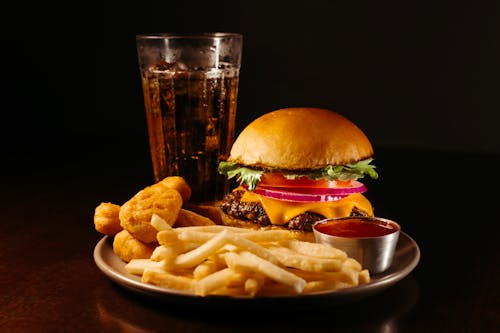
American restaurants are known for serving meals that could feed a small family. From pancakes that spill off the plate to burgers stacked like skyscrapers, the portions are massive. It’s not uncommon to take half your meal home in a to-go box. But in most of the world, portions are much smaller—and leftovers aren’t a given.
Travelers are often stunned by how much food comes with a standard American entrée. In countries like Japan or Italy, meals are more modest and focused on balance. The American “more is more” approach to food is definitely not universal. And it’s one reason why doggy bags are also a uniquely American thing.
6. Driving Everywhere

In the U.S., driving is the default—even for short trips. Many cities are built around cars, with sprawling suburbs and limited public transit. It’s normal to drive to the store, the gym, or even across the street. But in much of the world, walking, biking, or taking public transportation is far more common.
Americans often assume this car-centric lifestyle is standard. But in cities like Amsterdam, Tokyo, or Paris, cars are the exception, not the rule. The U.S. love affair with the automobile is deeply cultural—and not easily replicated elsewhere. It’s part of what makes American infrastructure so unique.
7. Yellow School Buses
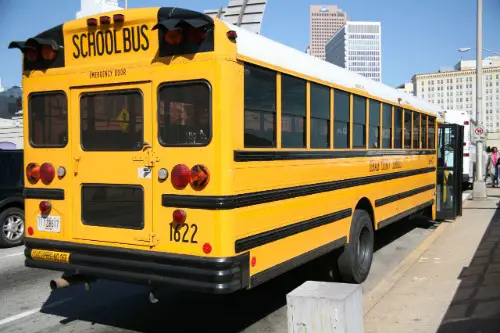
Those iconic yellow school buses are a staple of American childhood. They’re instantly recognizable and often featured in movies and TV shows. But outside the U.S., they’re practically nonexistent. Most countries use regular public buses or other forms of transport for students.
Americans may not realize how specific this tradition is. The yellow color, the flashing lights, the stop sign arm—it’s all part of a uniquely American system. To foreigners, it can feel like stepping into a movie scene. But for Americans, it’s just another school day.
8. Using Imperial Measurements

Miles, feet, pounds, and Fahrenheit—Americans use them all. But the rest of the world? Metric. Only a few countries (like Liberia and Myanmar) still use the imperial system, and even they often mix in metric. For most of the globe, Celsius and kilometers are the norm.
Americans often don’t realize how confusing this can be for international visitors. Recipes, road signs, and weather forecasts all require translation. It’s a small thing, but it highlights how culturally specific measurement systems can be. And it’s one of the most persistent quirks of American life.
9. Smiling at Strangers

In the U.S., smiling at people you pass on the street is considered polite. It’s a way of acknowledging others and creating a friendly atmosphere. But in many countries, smiling without a reason can seem odd—or even suspicious. It’s not that people are unfriendly, just culturally different.
Americans often assume this friendliness is universal. But in places like Russia or Germany, a smile from a stranger might be met with confusion. It’s a subtle but telling cultural difference. And it shows how even body language isn’t as universal as we think.
This post 9 Things Americans Think Are Universal But Are Actually Uniquely American was first published on American Charm.


